What is it?
It’s still ‘the one’ to drive, say the people who’ve created the new Ford Focus. Although obviously they don’t put it quite like that: they reckon it’s the most "confidence-inspiring, intuitive and rewarding driver and occupant experience of any mid-size family car in Europe".
Thing is, there isn’t just one mid-sized family car, but three or four, really: a normal five-door hatch, a posh version (the Vignale), a wagon and a tall Active version.
And it doesn’t stop there, either, because there are two different rear suspension options – one independent, one not - because some markets don’t care so much about vehicle dynamics, and a torsion beam is a lot cheaper than what Ford has variously called a control blade or a short-long-arm suspension over the years. Then there’s the option of adaptive dampers too. Oh, and ST-Line trim that lowers the standard ride height by 10mm.
Imagine, then, that in all this, Ford has managed to reduce the number of orderable Focus configurations by some 92% over its predecessor. There’s less overall choice, but it’s a broader, more defined choice.
The basics, though. The new Focus as tested right here is a five-door hatchback. At 4.38m long, it’s average for the class; at 1820mm, as wide as it was before; and it’s 15mm lower. The wheelbase is long, at 2701mm.
It sits on Ford’s new ‘C2’ platform, which is apparently quite flexible, but not in the very literal sense: it’s actually torsionally more rigid than the old Focus and lighter too: up to 88kg, like for like.
There’s a line-up of petrol and diesel engines, with a mild hybrid to follow. Newest and spangliest are the 1.5-litre units, of which there are petrol and diesel. So far I’ve driven the petrol, which is a new engine, in 179bhp form, though there’s a 148bhp one too. It’s a three-cylinder; you’ll find it in the Fiesta ST too.
The 1.5 diesels are 90% new, and come in 94bhp and 118bhp flavours. Then there’s a 148bhp 2.0-litre.
Finallly, for now, there’s the 1.0-litre three cylinder petrol, of 84bhp, 99bhp and 124bhp, which has been slightly revised. I’ve tried the 124bhp petrol.
Both cars I’ve tried were fitted with six-speed manual gearboxes, while the 1.5 had independent rear suspension and, being an ST-Line X (£25,300), rode that bit lower. The 1.0 was a Titanium spec (£21,550) and rode on a torsion beam. Both had 17in rims. Neither had the adaptive dampers.
Focus prices start at £17,930 and rise to around £30,000.


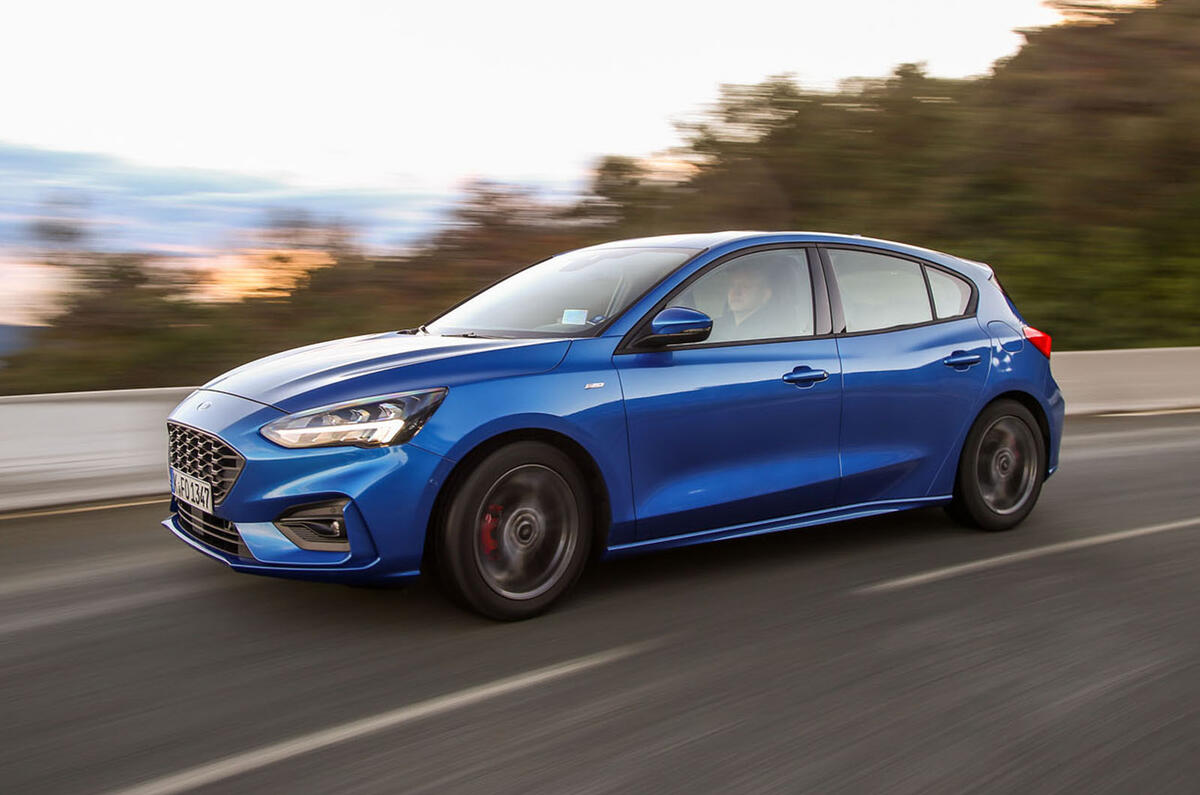





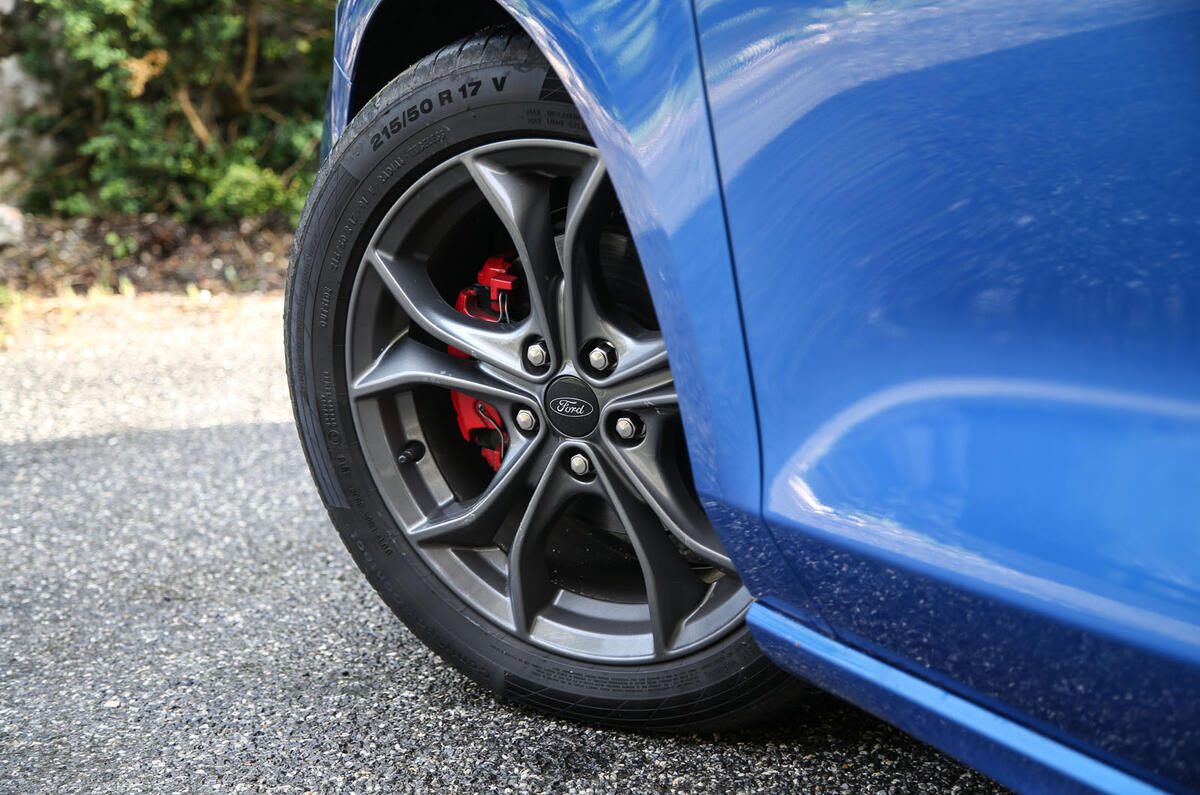

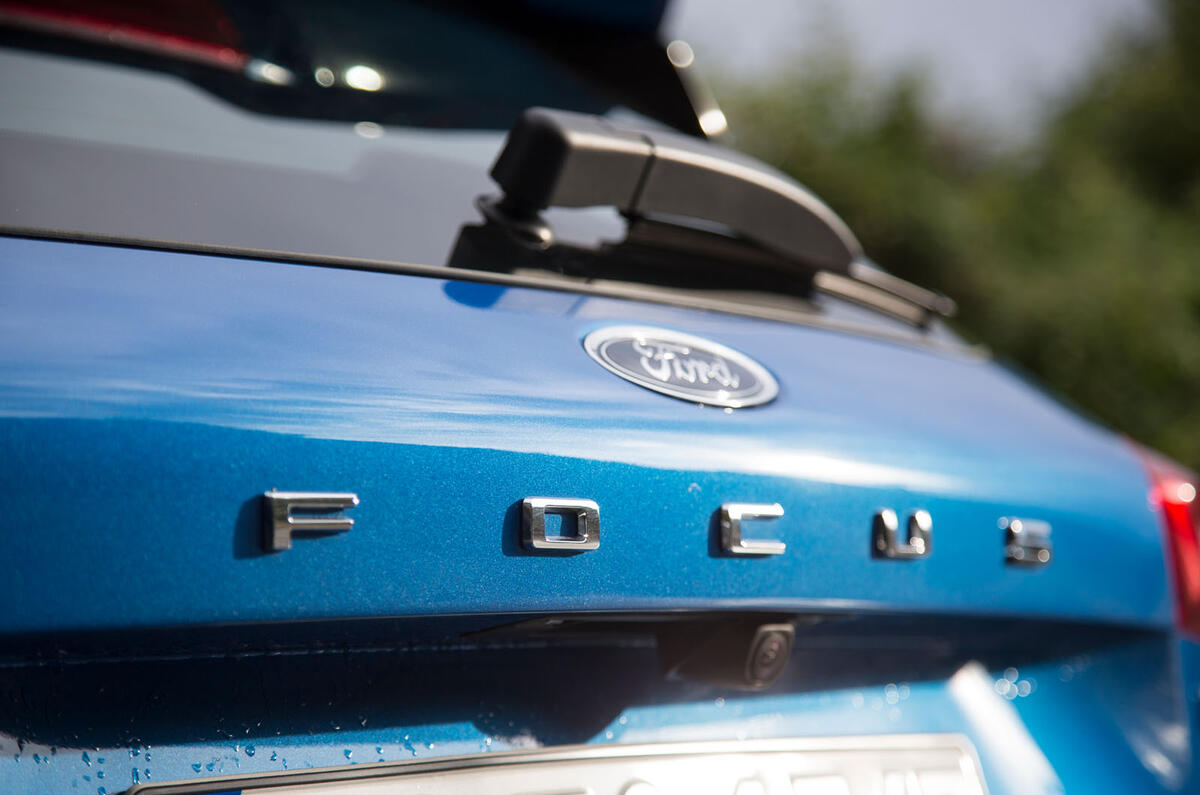






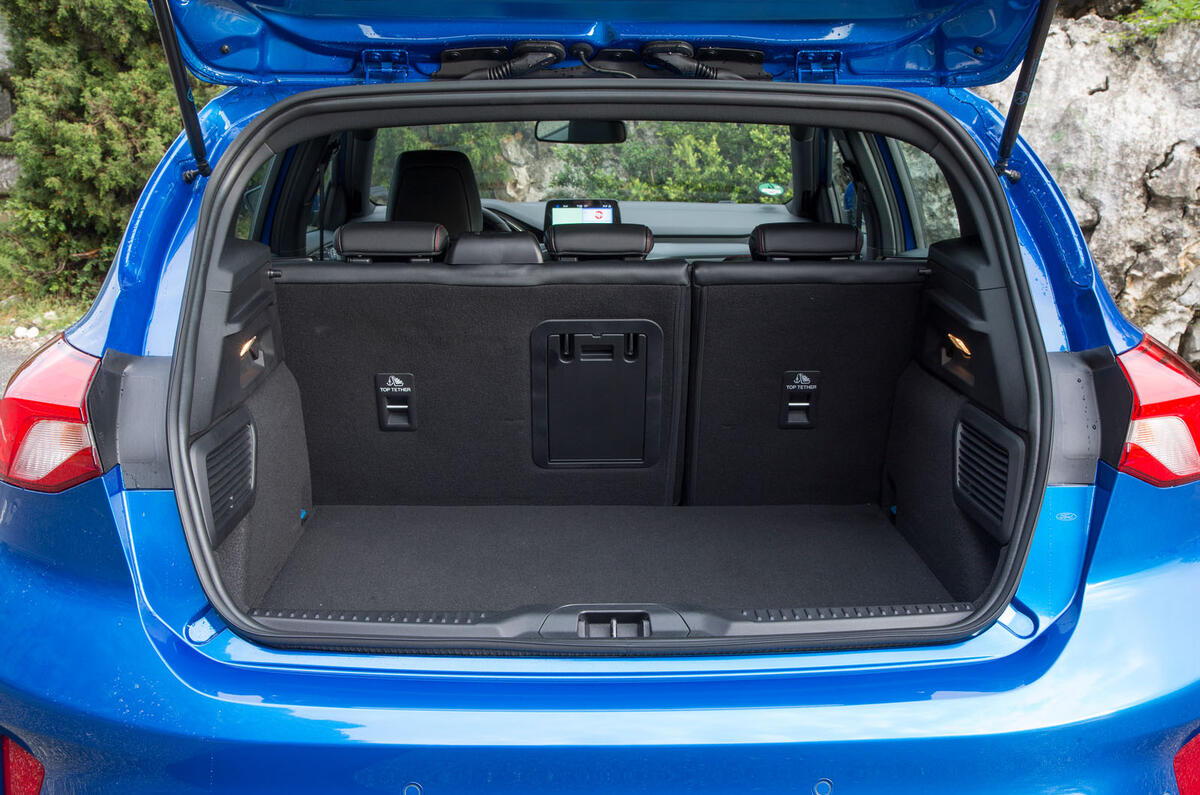









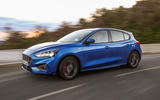































Join the debate
Add your comment
What about these Ford prices
Ford exitted competitive selling some years ago and are charging higher prices to get higher profits from lower sales. With others rolling up their sleeves and working harder for the customer this is neither the Focus, nor the Ford, which it once was. De-speccing to cheap torsion beam rear axles is typical Ford penny pinching, so stiff armed at both ends. And can we have an assessment of the electric parking brake, likely another cost saver but, from personal experience, quite dreadful.
No change
Autocar retains its position, bent over and ready to take the Ford advertising budget while unquestioningly promoting whatever tat they turn out next.
Glad they gave you models to
Glad they gave you models to test with both suspensions, so that the initial launch talk about how they drove the same can be clearly disproven!